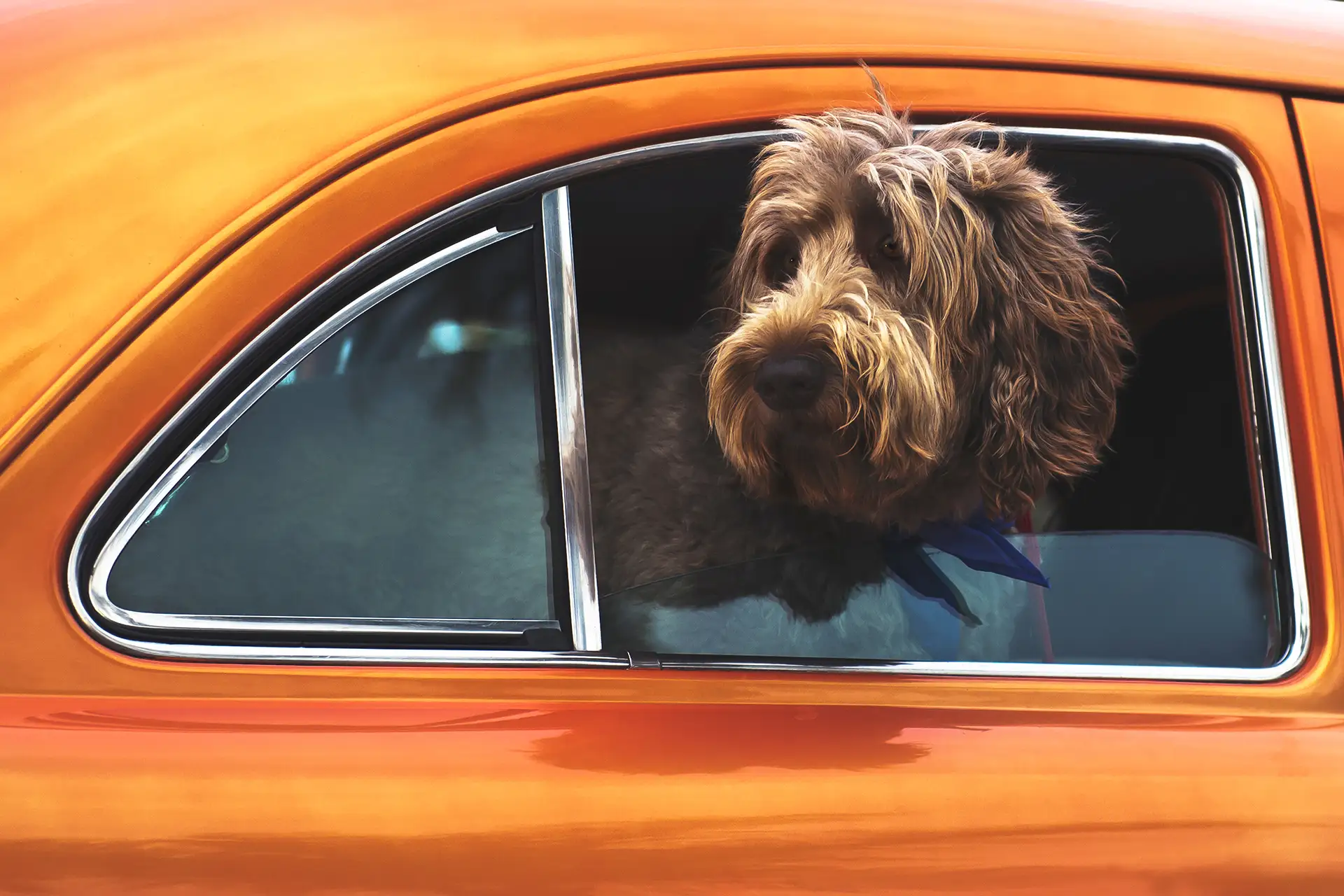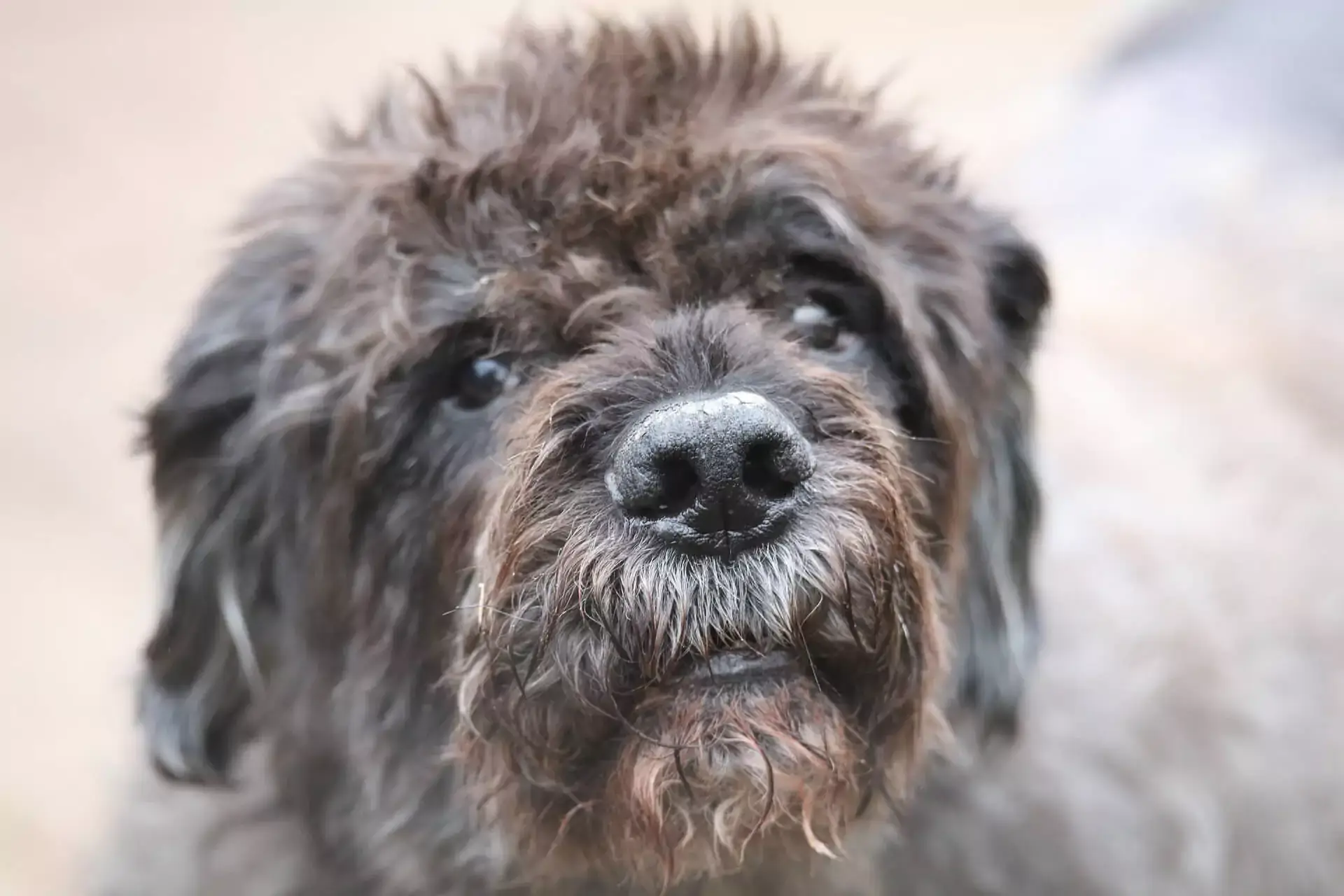Guinea Pig Cages: Keeping Cavies Happy
Did you realize that America probably has more pet Guinea pigs than any other country? According to research conducted by the AVMA in 2022, around 1.5 million households in the United States own cavies. Of course, these tiny furballs are quite social and should always have roommates, so most of those households likely have more than one. That means there could be as many as 3.8 million Guinea pigs in the US. Two reasons Guinea pigs are so popular? They’re really cute and easy to care for. Giving your pet a good cage is frequently half the battle. In this post, a local Burlington, ON veterinarian addresses some often-asked questions about Guinea pig cage layout.
What Size Cage Is Best for a Guinea Pig?
That ultimately depends on the number of guinea pigs you want. The Humane Society provides an official guide that can be used as a reference point. A single Guinea pig should have at least 7.5 square feet of space. However, you should never have just one Guinea pig. 10.5 square feet is a far better minimum for two. Three would require at least 13 square feet. The minimum required size for four is 16 square feet.
Do Guinea Pigs Like Multiple-Level Cages?
You can buy a multi-level cage for your pets, but make sure it is one that they cannot fall from. It should include an enclosed ramp that is safe and easy for your pet to climb, and the upper levels should be free of gaps or openings your pet could fit through. This is critical, as these guys can’t see very well, and could easily tumble over a drop.
Can You Allow Guinea Pigs to Run Around Your House?
Living in a cage can be rather boring for an active little ball of fur. Your cute pet will appreciate spending time outside of their cage. This is also an excellent opportunity for you to play with and hang out with your pet.
Just be sure you petproof everything before letting your little friend out to play. Guinea pigs have open-rooted teeth and will immediately chew on everything within reach of their little paws. This can be harmful, because many common household things are dangerous to these guys. Some materials are poisonous, while others can strangle pets or cause internal harm.
We would recommend that you address the following:
Small/Sharp Items: This comprises various items such as pens, safety pins, paper clips, miniature toys, rubber bands, jewelry, fishing tackle, and more.
Ropes/Cords: Smaller animals can easily become tangled in rope, string, or cord. Do not ignore drape cords or tassels on blankets or pillows.
Toxic Plants: Many household plants are harmful to pets. This is a concern with any pet, but especially with those that like to chew a lot, like Guinea pigs. The list contains the following:
- Lily
- Daffodil
- Oleander
- Tulips
- Amaryllis
- Sago palm
- Aloe
- Cyclamen
- Widow’s delight
- Dieffenbachia
- Rhododendron
- Begonia
- Chrysanthemum
- Lily of the Valley
- Autumn crocus
- Azalea Ivy
- asparagus fern
- Bird of paradise
- Hyacinth
- Castor bean
- Iris
- Marijuana
Spaces: Cavies can fit into some really small spaces. You’ll also need to seal off the spaces behind and beneath furniture and cabinets. Other potential hazards include staircases, stoves, pools, and gaps under recliners. Also, ensure that all vents are closed and that doors, screens, and windows are secure and escape-proof.
Chemicals: Keep anything potentially harmful out of reach of those lovely paws. Cleaning agents, medications, drain openers, paint, insecticides, and automated items are all examples of this.
Ask your vet for more information about setting up a cavy cage.
What Cages Are Bad for Guinea Pigs?
You may find a variety of cages in stores and online. Don’t assume that they are all safe or appropriate for your pet. We recommend against using plastic ones. Glass enclosures are likewise not a great choice. Anything with a mesh or wire floor is also hazardous. These floors do not retain substrate in place and can result in serious injury. Contact your veterinarian for further information.
What Type of Bedding Do I Need?
Bedding is one of the most significant decisions you’ll have to make. Dirty bedding not only stinks, but it also harbors bacteria, increasing your pet’s chance of developing respiratory and fungal infections. You want something that absorbs, dries quickly, and removes odors. It should, of course, be nontoxic.
Avoid bedding made of wood or paper. Pine and cedar products are especially harmful since the oils in them can cause respiratory problems in small animals. Fleece is actually a good choice. Another thing you could try? Beach towels! These are also good because they can be washed. They also come in a variety of vibrant hues, making the cage more appealing to your furry pal. You may also add a pad underneath to soften it. Use only things designed expressly for pets, to ensure it is not poisonous or otherwise dangerous.
Keeping your pet’s cage clean is also essential. We recommend that you spot clean every day. This includes discarding waste and uneaten food and refilling filthy hay and padding. You should clean the cage thoroughly once a week, which includes washing dishes, replacing bedding and litter, and wiping it down. Contact your Burlington, ON veterinarian for further information.
How Can I Make My Pet’s Cage Fun?
If you believe boredom isn’t a major deal for pets, think again. Pets, like people, can become unhappy and sad if they are not stimulated and enriched. This can harm your furry friend’s health and well-being.
Be sure to add some entertaining toys and accessories. Chew toys are an absolute essential. These little guys have to chew a lot to keep their teeth healthy!
You may also keep things interesting by periodically rearranging your pet’s cage. This will help keep things interesting and fun for your tiny buddy. Cozies and exercise wheels may also be appealing to your pet. Just get sturdy ones; wire wheels can be dangerous. Ask your vet for more advice and information on this.
Where Do I Place a Guinea Pig Cage?
The classic adage “location, location, location” is undoubtedly applicable here. Finding the ideal area is critical for your pet’s comfort, health, and enjoyment!
There are several dos and don’ts to remember. You do not want to place your pet’s cage in bright sunlight, a drafty area, or someplace that is extremely loud or busy. Guinea pigs are little and easily startled! Of course, your pets will not be happy if they are too secluded. A peaceful spot is typically the best option.
You will also need to consider the temperature. Guinea pigs do not withstand harsh temperatures well, preferring temperatures between 65 and 75 degrees Fahrenheit.
Last but not least, consider your other pets. If you have a dog or a cat, consider placing the cage on a strong table or something similar to keep Fido and Fluffy away.
Make sure to ask your Burlington, ON veterinarian for further information on caring for your Guinea pig. We are delighted to help!
Book An Appointment At Our Burlington, On Pet Clinic.
Do you have any questions about caring for a Guinea Pig? Contact your Burlington, ON pet hospital today! We are dedicated to giving excellent care.



